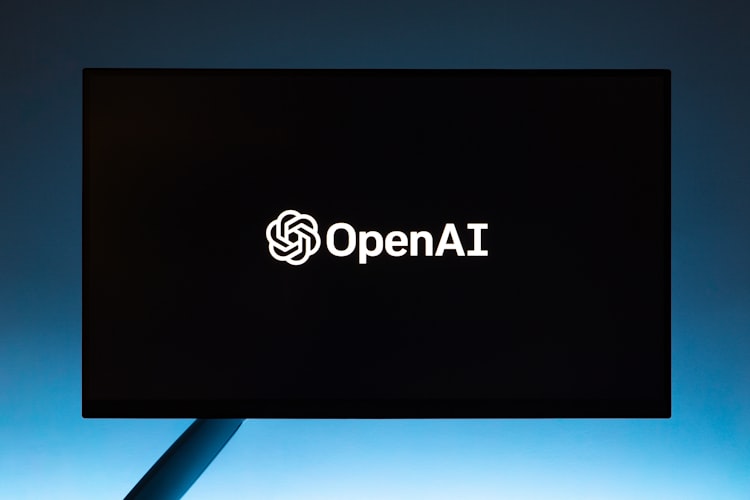Multimodal Natural Language Processing and Gaming: The Future is Here with GPT-4

Gaming has come a long way since its inception and has become an integral part of our lives. With the advancements in technology, gaming has evolved to become more immersive and interactive, and now, with the advent of GPT-4 and Multimodal Natural Language Processing (MNLP), the future of gaming has become even more exciting.
"The integration of MNLP and GPT-4 in gaming has opened up a world of possibilities for developers, allowing them to create games that are more immersive, interactive and dynamic."
MNLP allows machines to understand and process human language and respond in a manner that is more natural and intuitive for users. When combined with GPT-4, a state-of-the-art language model, it can revolutionize the way we interact with video games.
GPT-4 is the latest iteration of the GPT (Generative Pre-trained Transformer) series of language models from OpenAI. It boasts of a whopping 10 trillion parameters, making it the most powerful NLP model to date. But what sets GPT-4 apart is its multimodal capabilities - the ability to process and analyze data from multiple modalities such as text, audio, and images.

In the context of gaming, this means that GPT-4 can not only understand and generate natural language text, but also analyze and generate audio and visual content. This opens up a world of possibilities for more immersive gaming experiences that go beyond traditional text-based adventures.
"With Multimodal Natural Language Processing and GPT-4, we can create games that respond to the player's every move, making the experience more engaging and personalized than ever before."
One of the most exciting applications of GPT-4 in gaming is its ability to generate dynamic and personalized narratives. Traditionally, game narratives have been pre-written and fixed, offering little room for player agency or customization. However, with GPT-4's natural language generation capabilities, game developers can create narratives that adapt and change based on the player's choices and actions in real-time. This can lead to more engaging and emotionally resonant storytelling, where players feel like they are truly shaping the game world and its characters.
Another area where GPT-4 can revolutionize gaming is in voice recognition and synthesis. With its advanced audio processing capabilities, GPT-4 can understand and respond to player commands in real-time, creating a more seamless and intuitive gaming experience. Moreover, GPT-4's ability to synthesize natural-sounding voices can enhance the immersion factor, making in-game characters feel more lifelike and believable.
"GPT-4 and MNLP can help in creating games that are more accessible to a wider audience, regardless of their language or cognitive abilities."
GPT-4's multimodal capabilities can also extend to visual content. By analyzing and generating images, GPT-4 can create more realistic and immersive game worlds. For example, it can generate realistic textures and lighting effects, or even create unique character designs based on textual descriptions.
However, with great power comes great responsibility. The use of GPT-4 in gaming also raises ethical concerns around player privacy, data collection, and algorithmic bias. Game developers and stakeholders must ensure that the use of GPT-4 is transparent, accountable, and respectful of player rights.
"The future of gaming with GPT-4 and MNLP is not just about making games more realistic, but about creating experiences that are more human-like and intuitive, blurring the line between reality and fantasy."
GPT-4's multimodal NLP capabilities hold immense potential for the future of immersive gaming. By enabling more dynamic and personalized narratives, advanced voice recognition and synthesis, and realistic visual content, GPT-4 can create gaming experiences that are more engaging, emotional, and immersive than ever before. However, it is important to approach this technology with caution and responsibility, keeping in mind the potential ethical implications.



